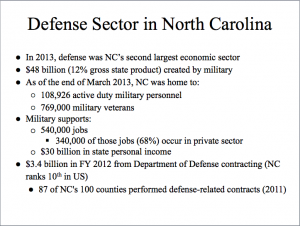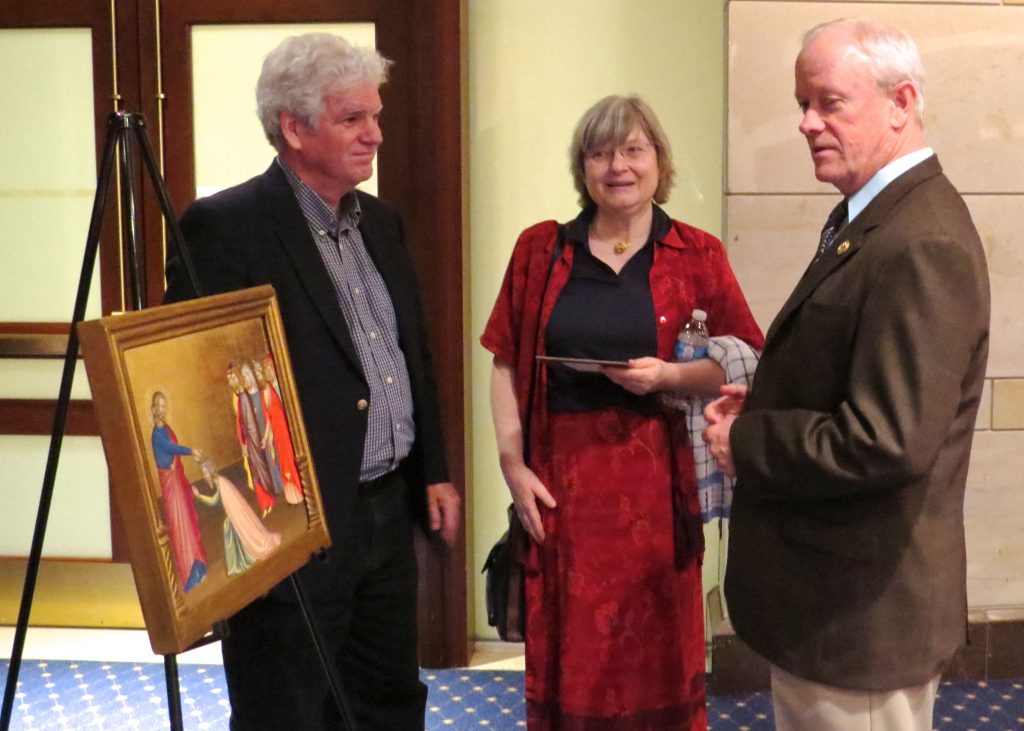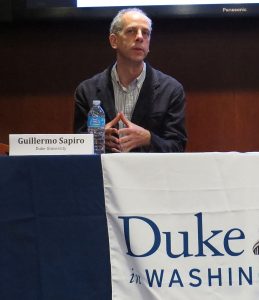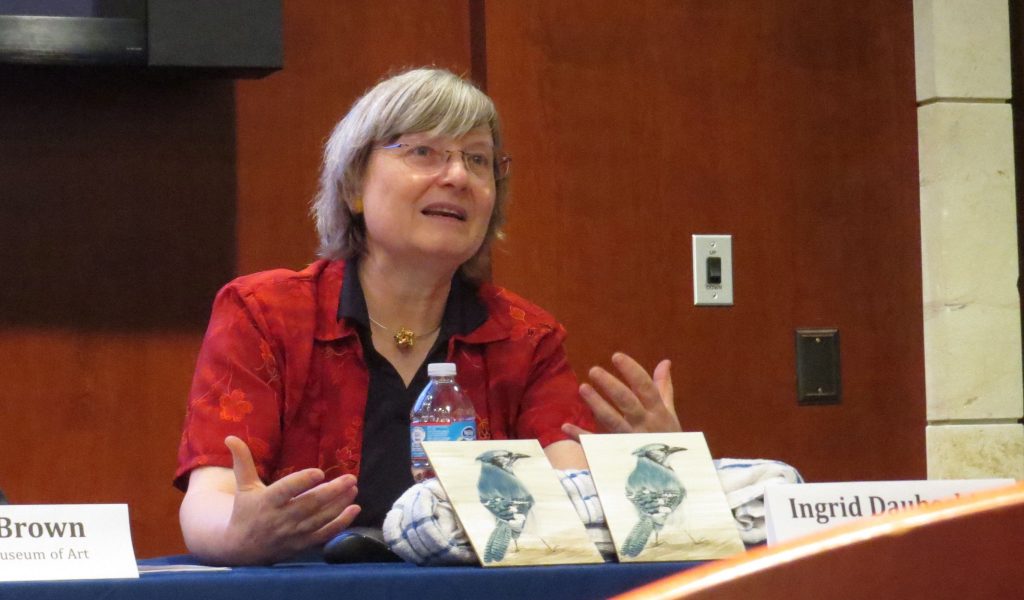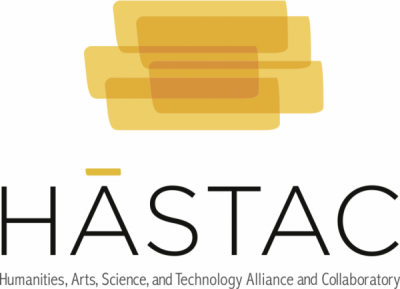President Obama will deliver his sixth State of the Union address tonight, kicking-off yet another round of policy debates sure to dominate the political conversation for the coming year. In preparation for the President’s address, the Office of Federal Relations offers a review of Congressional and Administration actions from 2013 that impacted the university community, along with a quick look ahead to what could be on the horizon in 2014.
(For real-time conversation surrounding “SOTU,” join in the live Twitter chat hosted by Duke faculty)
- Mid-Session Update
- FISCAL MATTERS: The Government Shutdown, Budget Deal, and FY14 Appropriations
- IMMIGRATION REFORM: House Leadership Continues to Express Hope
- PATENT LITIGATION: Senate Considers Competing Proposals
- COLLEGE AFFORDABILITY: Higher Education Associations Express Concerns over Proposed Rating System
- HIGHER EDUCATION ACT REAUTHORIZATION: Senate Continues Forward with Hearing Schedule
- Duke in Washington Fall Events
- Federal Officials Visit Campus
MID-SESSION UPDATE
From January to August, Congress took action on a number of issues affecting the higher education community from restructuring the interest rates on federally-funded student loans to allowing the budget cuts known as sequestration to take effect. For further details on Congressional activity prior to the August recess, read the OFR summary here.
FISCAL MATTERS: THE GOVERNMENT SHUTDOWN, BUDGET DEAL AND FY2014 APPROPRIATIONS
On October 1, with the House and Senate unable to reach an agreement on government funding, many federal agencies opened a new fiscal year by closing their doors. The federal government remained closed for 16 days, leading to delays in grant application deadlines, research funding, and all non-essential government activities. Lawmakers eventually agreed to a three-month funding measure that would re-open the government through Jan. 15. Full coverage of the impact on Duke University activities may be found here.
The agreement that re-opened the government also created a conference committee, chaired by Rep. Paul Ryan (R-WI) and Sen. Patty Murray (D-WS), tasked with reaching a compromise on the FY14 budget resolution. On Dec. 10, the two legislators announced a budget deal that would set annual spending levels at just over $1 trillion for fiscal years 2014 and 2015 and would provide $63 billion in relief from sequestration over that same time frame.
Working within the parameters of the budget agreement, negotiators the House and Senate Appropriations Committees compiled a $1.12 trillion omnibus bill, which the House and Senate passed earlier this month. The bill will keep the government funded through September. Federal programs that support university-based research and education received considerable relief from the FY13 sequester, with significant variation among agencies and programs.
While some agencies—such as the Department of Energy Office of Science and NASA Science—received more FY14 funding then their pre-sequester FY13 levels, some other agencies—such as the National Institutes of Health and the National Science Foundation—were funded below their FY13 pre-sequester levels. For a review of the key provisions of the omnibus affecting the higher education committee, read the OFR summary here.
The administration is now assembling their budget proposal for fiscal year 2015, which will be sent to Congress on Wednesday, March 4.
Read More:
Duke Officials Monitoring Federal Budget Negotiations (Duke Today)
IMMIGRATION REFORM: HOUSE LEADERSHIP CONTINUES TO EXPRESS HOPE
The state of immigration reform remains in limbo, as the House has yet to take any further action since the Senate passage of a comprehensive reform measure in late June. Republican leadership has announced an intention to address the situation in the new year.
Adding to the hope for possible action on immigration reform, Speaker John Boehner (R-OH) announced in December a new director of immigration policy – and one with considerable experience writing immigration overhaul measures.
Read More:
Boehner, Cantor: Immigration Reform a Priority for 2014 (Newsmax)
Boehner’s New Immigration Policy Director Has Deep Experience on Overhaul Efforts (Roll Call)
PATENT LITIGATION REFORM: SENATE CONSIDERS COMPETING PROPOSALS
On Dec. 5, the House of Representatives passed the Innovation Act (H.R. 3309), a measure which aims to address abusive patent litigation. Meanwhile, Senate Judiciary Committee Chairman Patrick Leahy (D-VT) on November 18 introduced the Patent Transparency and Improvements Act of 2013 (S. 1720). The Senate bill is less expansive than H.R. 3309 and omits several provisions of concern for universities.
Among the concerns the higher education community would like addressed are the impacts of proposals on differing sectors of the patent community, the impacts to innovation capacity, and the role of legislation versus the courts.
The Senate Judiciary Committee held a hearing on legislation relating to patent litigation on Dec. 17, which included review of the Leahy-introduced bill, the House-passed Innovation Act and several other proposals. Several higher education associations have sent a letter to Chairman Leahy asking for further hearings during which university stakeholders may express their views on the proposals.
Read More:
Patent Reform bill passes the house 325 to 91. Here’s what you need to know. (Washington Post)
Letter from higher education community (pdf)
COLLEGE AFFORDABILITY: HIGHER EDUCATION EXPRESSES CONCERNS OVER PROPOSED RATING SYSTEM
On Aug. 22, the President released the “Plan to Make College More Affordable: A Better Bargain for the Middle Class,” which in part proposed a new college ratings system that would be tied to the awarding of federal student aid by 2018. On Dec. 2, a higher education association, of which Duke is a member, expressed their views on such a proposal in a letter to the Department of Education.
HIGHER EDUCATION ACT REAUTHORIZATION: Senate Continues forward with Hearing Schedule
The chairman and ranking member of the Senate Health, Education, Labor, and Pensions (HELP) Committee on September 16 announced their intention to hold a series of hearings on reauthorization of the Higher Education Act (HEA) addressing topics such as:
- The roles of the state, the federal government, and accreditors in higher education;
- Keeping college affordable;
- Ways to increase quality in higher education;
- Student access;
- Innovative approaches to improving student success;
- Student financial aid; and
- Teacher preparation programs.
As of the end of 2013, the Committee had held hearings on issues relating to access, affordability, accreditation and improving student success.
Duke officials continue to monitor the reauthorization process and expect the hearings to continue throughout the winter and spring of 2014.
SPOTLIGHT ON: DUKE IN WASHINGTON FALL EVENTS
Duke in Washington capped an outstanding year with a fall full of exciting events for the entire Duke community. Throughout the fall, DIW was happy to host recruiting receptions for Fuqua and the Nicholas School, a policy workshop for the Doctor of Nursing Program, and a dialogue for the Nicholas Institute. We were especially excited to host our first live Skype conversation, featuring Jon Jackson, associate director of Duke athletics, with members of the Duke Policy and Politics Network. For more information on the Duke in Washington offices, please visit our website.
Read More:
Duke, UNC Keep Sharp Eye on Washington (newsobserver.com)
FEDERAL OFFICIALS VISIT CAMPUS
A number of Washington figures visited campus over the fall semester, delivering key note addresses, meeting with current students and administrators, and touring federally-funded research facilities. These visits, from individuals such as David Petreaus, USAID Admistrator Rajiv Shah, and three members of the North Carolina Congressional Delegation, afforded opportunities for increased communication between the Duke and Washington community, as well as a chance for Duke to demonstrate its ongoing activities to support the local, state, and national communities.
Read More:
Making Federal Officials’ Visits Work for the Classroom (Duke Today)
Event Recap: Congressional State and District Staff Day (governmentrelations.duke.edu)
Event Recap: Three NC Reps Demo Federally-Funded Airport Security Research at Duke(governmentrelations.duke.edu)



